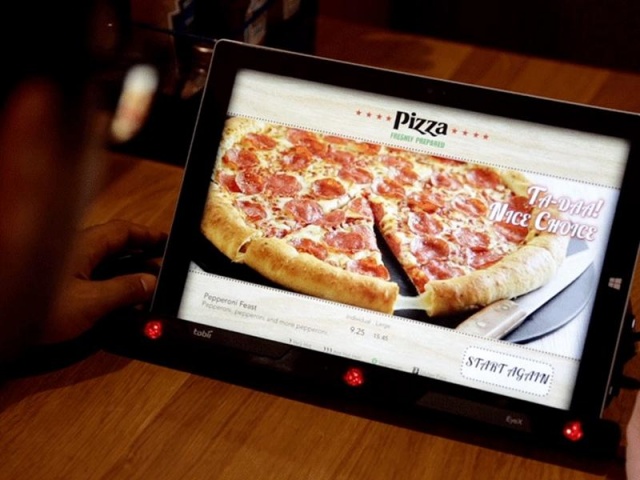
Now that the news is out that Oculus Rift will finally be available in a consumer version, other companies are looking to steal the spotlight by launching VR headsets with new functions.
Such is the case with FOVE, a San Francisco-based startup that is trying to revolutionize VR technology by integrating eye tracking features into the headset it has developed. That might not sound like much, but detecting subtle eye movements could improve control in video games tremendously. Not only that, but this technology could improve the way we interact with virtual characters in games.
Here’s how the company described its VR headset:
“FOVE’s revolutionary technology reads subtle eye movements, translating them into emotionally powerful experiences. FOVE gives you more control than ever before in the virtual world and beyond.
FOVE tracks a user’s gaze and calculates where in 3D space a user is looking. This enables the graphics engine to adjust focus and allocate rendering resources accordingly.”
The makers of FOVE concentrated their attention on four main possible uses: aiming with the eyes, focusing the vision, making eye contact and moving more naturally. While most of these sound great, I’m not sure that focusing your vision (and thus increasing or decreasing the depth of field) feels very natural. Sure, the effect looks great in photos and videos, but that’s not exactly how the human eye works. Focusing on a certain area of the visual field could determine us to neglect other (possibly more important) details. In games, that could prove fatal for the player, since the enemies could hide precisely in the areas that are out of focus.
The developers of the FOVE VR headset are currently looking for funding on Kickstarter. At the time of writing, backers had pledged $184,262 of the $250,000 funding goal, and the crowdfunding campaign still had 44 days to go, so the success of the project is almost a certainty. If you want to try VR technology with a twist, head over to the campaign’s page and pledge at least $375 (early birds had the chance to get it for $349), in order to receive it in May 2016.
It remains to be seen how FOVE will stack against Oculus Rift, Sony’s Morpheus, and the other VR headsets companies might launch in the next year.
Be social! Follow Walyou on Facebook and Twitter, and read more related stories about Razer’s VR headset that will include a Leap Motion hand-tracking sensor, or Samsung’s Gear VR headset.












 Besides drinking and driving, sleeping and driving is the next pair of things people should never do. As it may …
Besides drinking and driving, sleeping and driving is the next pair of things people should never do. As it may …